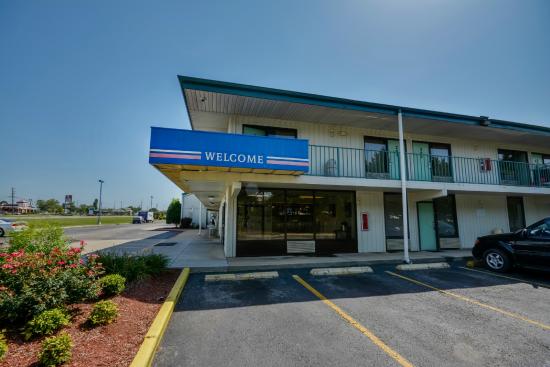An incarcerated individual must in order to be eligible to receive this credit

- Presently incarcerated
- This consists of all 35 adult institutions, community correctional facilities, fire camps, Male Community Reentry Program, Community Prisoner Mother Program, Custody to Community Transitional Program, Alternative Custody Program, and people serving a situation jail phrase in a situation hospital.
- Never be condemned to death or life that is serving the likelihood of parole
- As this authorization exists in state legislation and for that reason will not need a legislation modification, CDCR must proceed with the exclusions outlined within the legislation, this means those life that is serving the chance of parole and individuals who’re condemned are not qualified to receive credit receiving.
- No severe rules violations between March 1 and July 5, 2020
- This encompasses all Division “A” through “F” offenses, including but are not restricted to murder, rape, battery pack, attack, arson, escape, possession/distribution of contraband, control of a mobile phone, and gang task.
CDCR estimates that almost 108,000 people will qualify for PPC. Among these, about 2,100 would advance to the stage they’ve been qualified to receive release between and September july.
People considered “high risk” are thought become at greater danger for morbidity and mortality should they contract COVID-19. They consist of individuals over age 65 who possess chronic conditions, or people that have breathing ailments such as for instance asthma or chronic pulmonary that is obstructive (COPD).
To become qualified, incarcerated individuals must meet the after criteria:
- Deemed high danger for COVID-19 complications by CCHCS
- Perhaps maybe Not LWOP that is serving or
- Have actually an evaluation showing the lowest danger for physical violence
- No sex that is high-risk (HRSO)
- HRSO indicates a convicted sex offender that is needed to register pursuant to Penal Code Section 290, and contains been identified to pose a greater danger to commit a fresh intercourse offense in the neighborhood, as determined making use of a typical danger evaluation tools for intercourse offenders.
Centered on specific report on each incarcerated person’s risk facets, a number that is estimated of in this cohort just isn’t available.
Extra launch efforts
CDCR is reviewing release that is potential for incarcerated people who will be in hospice or expecting, since they are considered at high danger for COVID-19 complications. Everyone is supposed to be evaluated according to both their present wellness risk and danger to safety that is public.
CDCR will additionally be expediting the production of incarcerated individuals who’ve been discovered ideal for parole by the Board of Parole Hearings and Governor, but who possess maybe not yet been released from jail.
Previous Decompression Efforts:
These new measures develop on numerous others currently taken fully to reduce steadily the threat of COVID-19 to all or any whom work and reside in their state prison system. Those measures consist of:
- Reducing CDCR’s populace in its organizations by significantly more than 10,000 since mid-March.
- Implemented measures to guide increased real distancing, including decreasing the number of individuals who utilize typical areas at exactly the same time, moving individuals away from reduced level dorms to celled housing, and erecting tents to produce alternative housing and care sites.
- Suspension of movement within and between organizations, aside from for critical purposes.
- Suspension system of visitation, volunteers, and team development.
- Implemented mandatory verbal and temperature tests for staff before they enter any organizations as well as other CDCR work internet web sites
- Strengthened commitment to hygiene, both institutional and individual, including greater accessibility to detergent and hand sanitizer.
- Providing academic materials to all the staff and incarcerated people, including posters, fast guide pocket guides, webinars, and academic videos.

